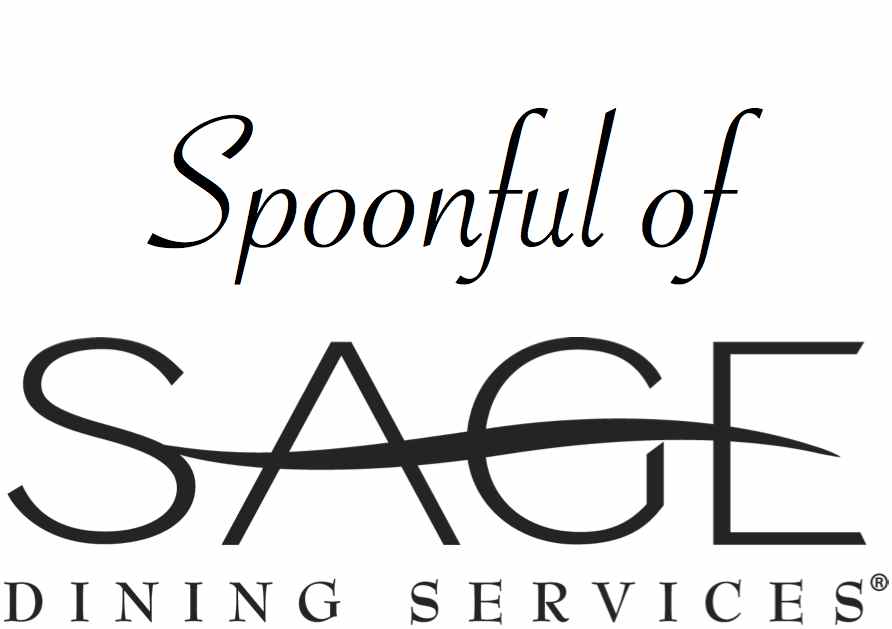SAGE’s Commitment to Sustainability
Sustainability, Articles, U+SAGE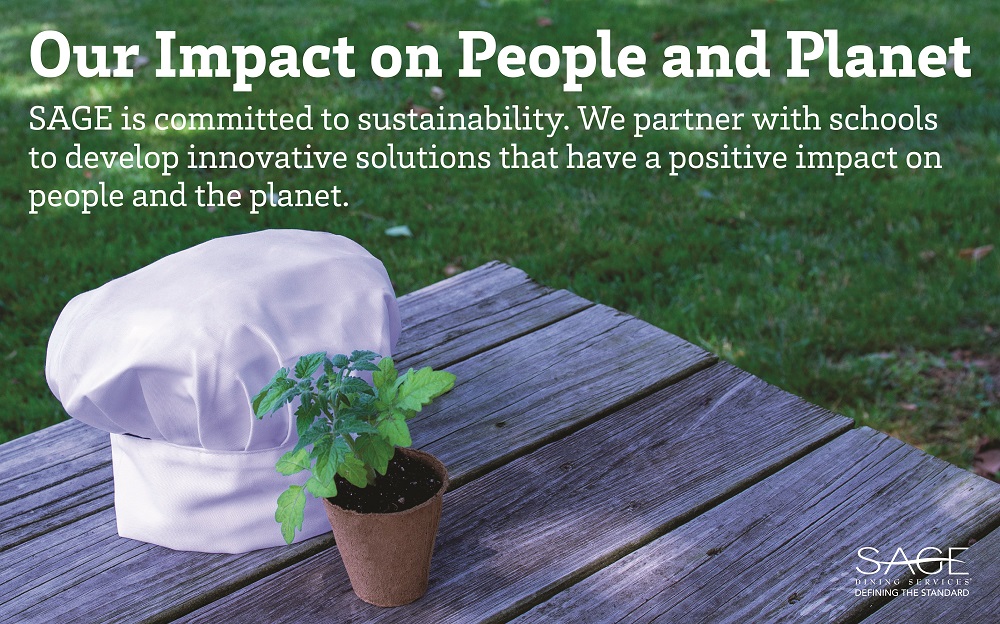
At SAGE, we partner with the schools and communities we serve to make environmentally responsible choices and develop innovative solutions that have a positive impact on people and the planet. A large part of our effort to practice sustainability includes minimizing food waste. Doing so will help preserve the land, water, labor, energy, and money needed to produce, prepare, and discard food. To help reduce food waste, we cook in small batches and use seasonal and locally sourced ingredients as...
Sustainability at Kimball Union Academy
Sustainability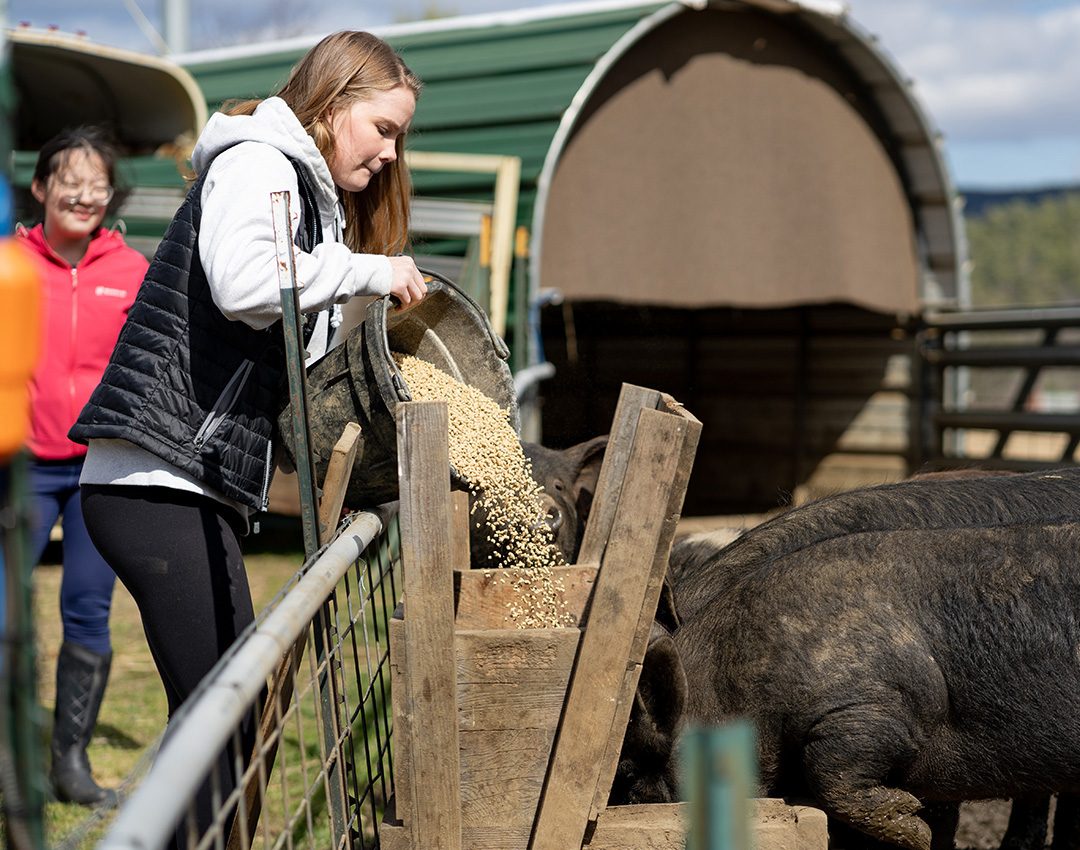
SAGE is committed to sustainability, which impacts every aspect of operations. Part of this commitment includes developing innovative solutions that have a positive impact on people and the planet and partnering with our school communities to make environmentally responsible choices. We caught up with Shawn Jackson, Food Service Director at Kimball Union Academy (KUA), to learn more about how he and his SAGE team partner with the school community to practice sustainability. KUA has a robust sustainability program, which is...
From Our Dietitians: Sustainable Practices in the Kitchen
Sustainability, Articles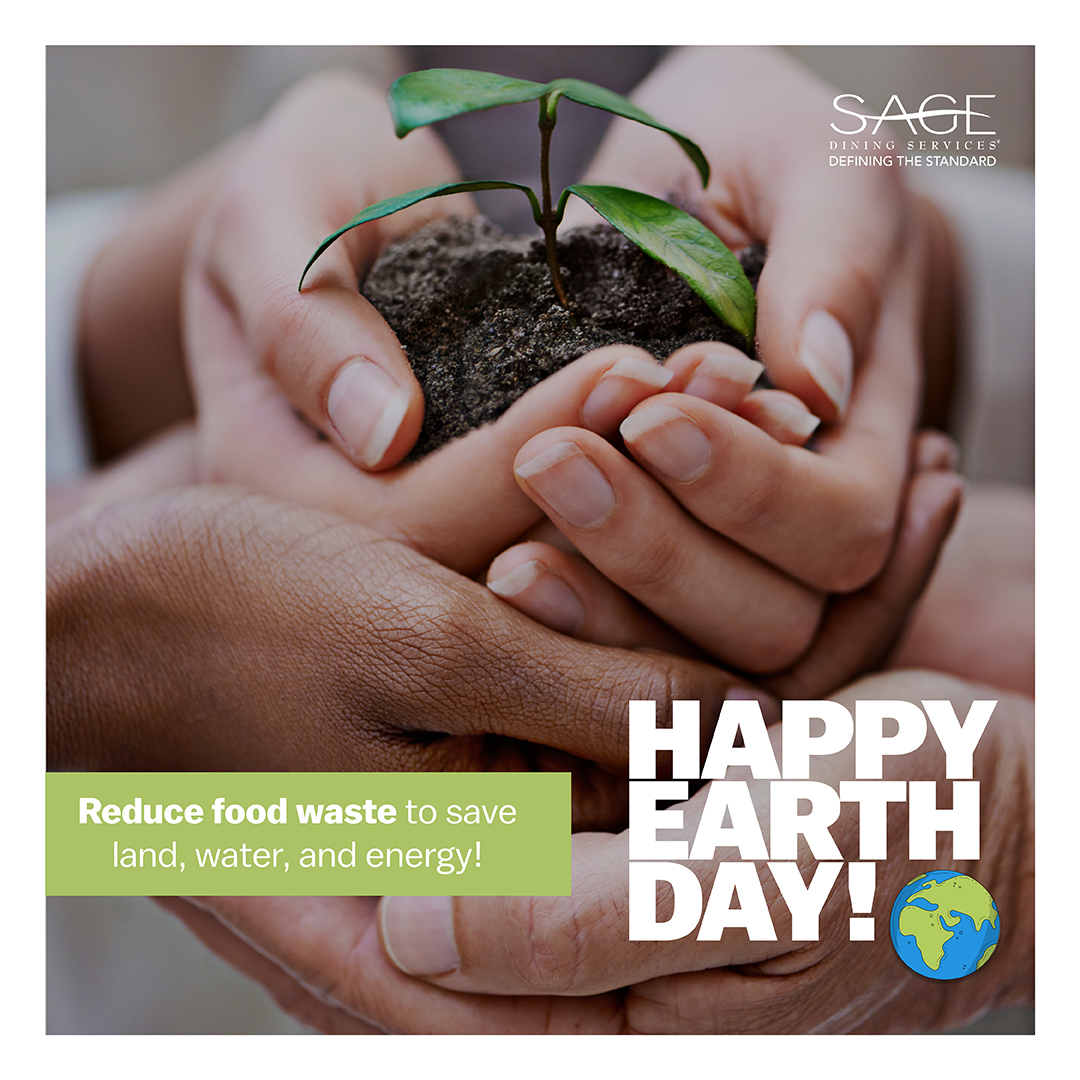
With Earth Day around the corner, it’s a good time to reflect on the environmental impact of food and identify steps to create positive change for both people and the planet. We all can practice sustainability at home (check out some ways you can minimize food waste at home here). Here’s how SAGE’s Registered Dietitians — Lesley, Amy, Teresa, Taylor, and Anna — approach sustainability in the kitchen. According to Feeding America, 119 billion pounds of food is wasted every...
On the Road With RDs: Menus of Change
Sustainability, Articles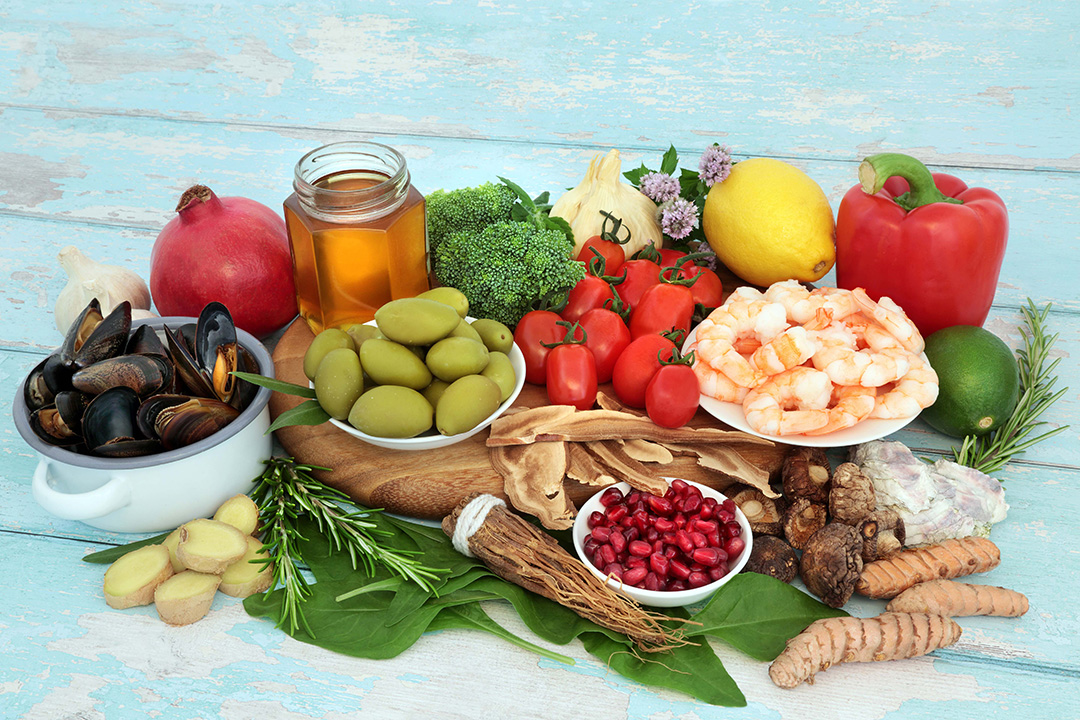
We’re back with a new edition of our “On the Road” blog series! We’re featuring SAGE Registered Dietitian Amanda Zimmerman, who attended the Culinary Institute of America’s annual Menus of Change conference in June 2023. We caught up with Amanda to hear about her experience and what she learned at this leadership summit. What was the Menus of Change conference about? This annual conference centers on topics that are critically relevant to chefs and operators in the food service industry...
From Our Dietitians: Sustainable Practices in the Kitchen
Sustainability, Articles
With Earth Day around the corner, it’s a good time to reflect on the environmental impact of food and identify steps to create positive change for both people and the planet. We all can practice sustainability at home (check out some ways you can minimize food waste at home here). Here’s how SAGE’s Registered Dietitians — Lesley, Amy, Teresa, Taylor, and Anna — approach sustainability in the kitchen. According to Feeding America, 119 billion pounds of food is wasted every...
Minimizing Food Waste at Home
Sustainability, At Home With SAGE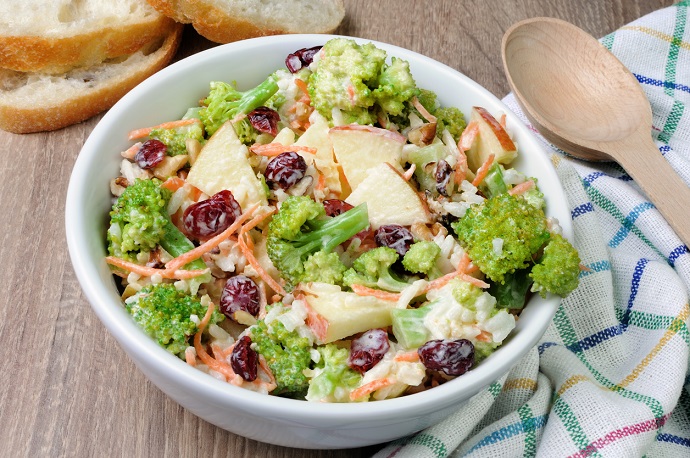
Happy Earth Day! At SAGE, our focus on sustainability means doing what’s right for people and the planet. To participate in EARTHDAY.ORG's Earth Day 2022 theme — Invest In Our Planet — we're focusing on minimizing food waste to help reduce our carbon footprint. According to Feeding America, 108 billion pounds of food is wasted in the U.S. every year. Moreover, 58% of the food produced in Canada is lost or thrown out, according to Second Harvest Food...
Leading the Way in Sustainability
Sustainability, Gardens, From Here. From Near.
EARTHDAY.ORG chose Restore Our Earth™ as the theme for Earth Day 2021, and at SAGE, we focus every day on doing what’s best for the environment and the communities we serve. Our commitment to sustainability means partnering with clients to make environmentally responsible choices and developing innovative solutions that have a positive impact on people and the planet. During the pandemic, packaging food has been necessary at times for safety reasons, but we’ve limited our use of single-use disposable...
How One SAGE Community Puts Sustainability First
Sustainability, SAGE Community, Featured Venue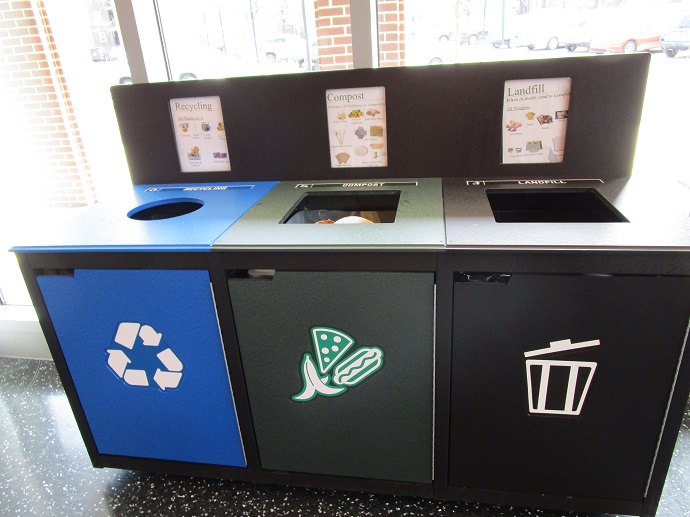
In school dining communities, it’s easy to see how much food doesn’t get eaten. Trash bags can fill up fast – and a majority of what’s discarded doesn’t have to end up in a landfill. But school dining is also one of the best settings for successful waste reduction programs. At John Burroughs School (JBS) in St. Louis, Missouri, they’ve reached the gold standard in school dining sustainability, achieving a 100% waste-free kitchen and dining room. Environmental awareness is deep-rooted...


